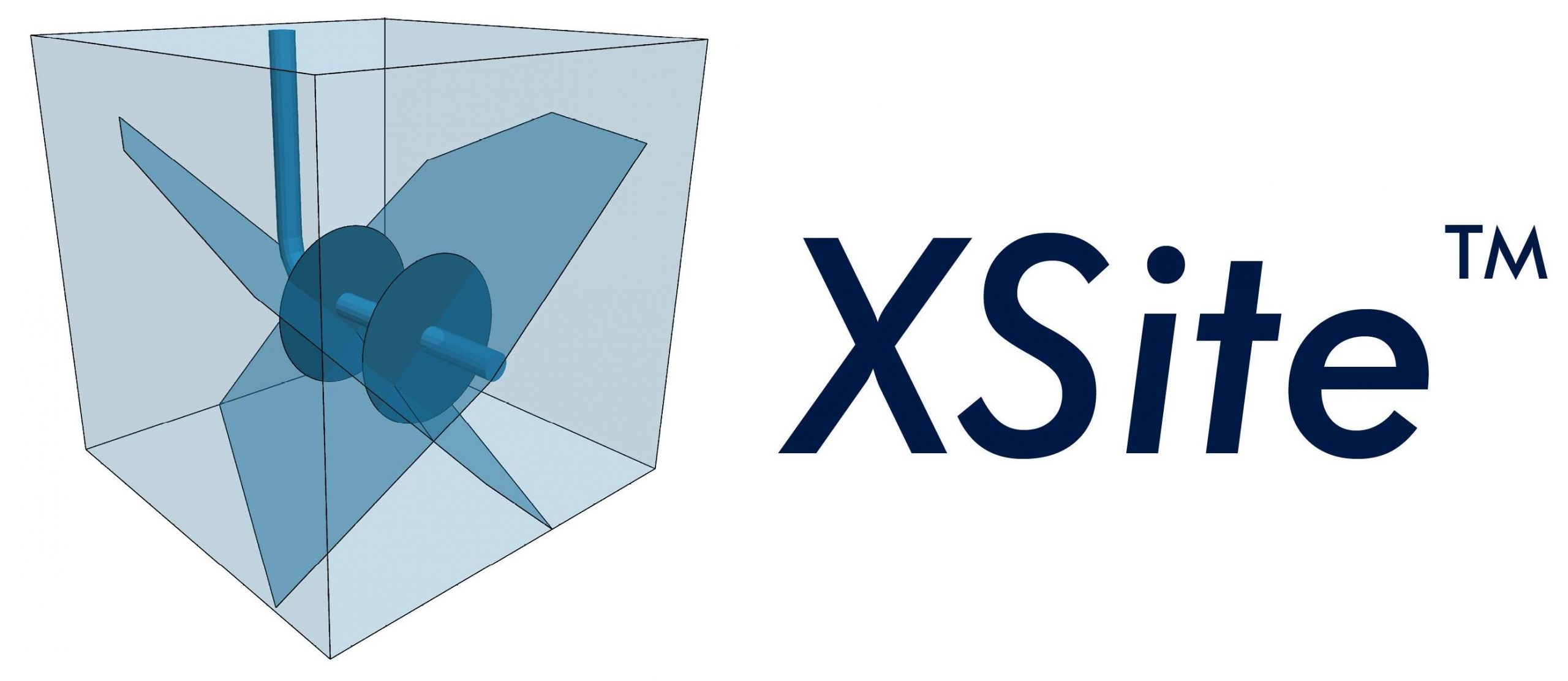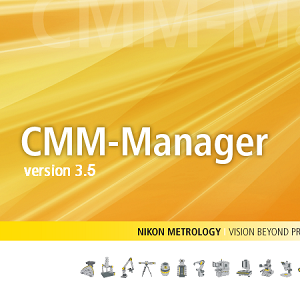Description
Software Overview
Proppant transport and placement logic is included. Proppant affects fracture closure and fracture conductivity. General pumping schedules can be simulated with switching injected Newtonian or power-law fluids. The borehole flow is coupled with the rest of the model to determine distribution of fluid between multiple clusters. Synthetic microseismicity can be tracked and recorded.
Special-Purpose Software
- The user interface is easy to use, with no commands or scripting needed
- Extendable library of rock and fluid types; no numerical calibration necessary
- Easy definition of geology (layers and structures), including importing geological geometries from DXF files
- Easy definition of multiple wellbores, stages, and clusters, including importing geometry from DXF files
- Easy definition of injection rates and schedules
- Easy post-processing with many plot types
- Model state can be saved at any stage and restarted later
- Models can be run interactively and in batch mode
- Export results in many formats, including formats that can be read by reservoir simulators
More about Three-Dimensional Hydraulic Fracturing Numerical Simulation Program Software

Applications Include
- Reservoir-scale, multi-well, multi-stage field stimulation by multiple fracture propagation with application to both petroleum and Engineered Geothermal System (EGS) operations
- Near-wellbore models to simulate fracture initiation
- Proppant transport and placement
- Prediction of microseismicity
- Rock mass preconditioning for mining operations
More about Three-Dimensional Hydraulic Fracturing Numerical Simulation Program Software

Proven
- Verified by comparison with analytical and semi-analytical solutions of different problems that involve important aspects of hydro-mechanical coupling during hydraulic fracture propagation
- Used by Itasca for consulting projects
- Used by industry, including BP America and Aramco Research Center
- Used by universities, including University of North Dakota, University of Pittsburgh, University of Utah, Tongji University, and Ecole Polytechnique Federale De Lausanne
XSite Features
XSite is a special-purpose software package designed to meet the needs of hydraulic fracturing simulation. Main features available with XSite include:
- No assumptions regarding the fracture shape or trajectory
- Fracture propagation in inhomogeneous and naturally fractured rock masses
- Interactions between hydraulic fractures, joints, and between stages and wells (including the stress shadow effect and hydraulic connectivity) are accounted for
- In situ stresses may be specified
- Arbitrary number of wellbores and injection points
- Synthetic microseismicity is generated as the fractures slip or propagate, providing a method for model calibration with field observations
- Non-steady fluid flow within joints and the intact rock
- Proppant transport and placement
- Thermal analysis
- Heat conduction (and thermo-mechanical effects) in the rock and heat exchange with the fluid in fractures can be simulated
- Approximated heat advection by injected fluid
- Easy setup of models for multi-stage simulation
The model shown below simulates open-hole, sliding-sleeve hydraulic stimulation along the horizontal section of the borehole. Five stages are included in the model. The Sh,min in 50-m high reservoir is 30 MPa. The verical stress and SH,max are 42 MPa. The stress barrier between the reservoir and underburden and overburden is approximately 2 MPa. The horizontal segment of the borehole is oriented in the direction of Sh,min. For the sake of simplicity, the DFN was not explicitly represented in this model. For each stage, slick water was injected for 33 minutes at a rate of 11 m3/min.
More about Three-Dimensional Hydraulic Fracturing Numerical Simulation Program Software

Hydro-mechanical Coupling and Flow in XSite
- Fluid flow and mechanical simulations can be done separately or coupled
- The fluid flow is approximated by a flow through a network of pipes that connect fluid elements, located at the centers of either broken springs or springs intersected by pre-existing joints
- The flow pipe network is dynamic and automatically updated by connecting newly formed micro-cracks to the existing flow network
- Non-steady fluid flow is modeled within the joint network and intact rock, maintaining continuity of fluid mass and pressures between joints and the rock matrix
- Effective stress calculations are carried out
- Fracture permeability depends on aperture, or on the deformation of the solid model
- Fluid pressure affects both deformation and the strength of the solid model
- The deformation of the solid model affects the fluid pressures (i.e., fluid pressure changes under undrained conditions)
- Includes logic for simulation of proppant transport and placement
- Newtonian and power-law fluid flow available
- Non-Darcy effects and pressure drop at perforation clusters are possible
- Represents leakoff explicitly, as flow into DFN and porous medium flow into rock matrix, or as Carter leakoff
Microseismicity in XSite
- Synthetic microseismic events are formed in the model by new micro-crack (tensile bond breaks) and slip on existing joints (assuming all slips are seismic)
- Event magnitudes associated with micro-cracks and joint slips are calculated differently
- Since springs are brittle and their breakage always results in local instability, it is possible to estimate radiated seismic energy based on transient change in strain energy in the vicinity of the broken spring or micro-crack
- In the case of slippage across natural fractures, the energy released by the slip events is calculated based on the slip area, slip magnitude, and elastic properties of the surrounding medium
- This allows ranking of different microseismic events (both bond breakage and joint slips) occurring during simulation based on their magnitude
- Events that are related spatially and temporally are clustered together
The figure below is an XSite model of a multi-stage horizontal completion with five regularly spaced injection ports (plan view). A set of generic rock properties was used with an existing fracture network (not shown) orientated at 60° to σHmax for illustration. Acoustic emissions are shown colored by magnitude associated with micro-cracks (left) and with slip along existing joints (right).
More about Three-Dimensional Hydraulic Fracturing Numerical Simulation Program Software

XSite System Requirments
XSite can be run on both Windows and Linux operating systems. The Linux version has the same functionalities and efficiency as the Windows version, but can be used in High Performance Computing (HPC) centers (i.e., large number of the fastest currently available machines) and includes automatic execution of parametric studies (e.g., sensitivity studies and Fracture Network Engineering).
Recommended System
- Hard Disk: 2 TB, 7200 rpm or better
- Processor: 12 core, Intel Core i7 CPU (3 GHz) or better
- Memory (RAM): 16 Gbytes or better (large models may require more memory)
- Video Card: HD graphics card, 1024 x 768 pixels, 32-bit color palette or better, OpenGL 1.3 or higher
- Ports: 1 USB port is required for the security key
- *Please read our full OS Policy.
XSite Background
XSite is a powerful three-dimensional hydraulic fracturing numerical simulation program based on the Lattice and Synthetic Rock Mass (SRM) methods.
The Lattice Method
- Based on the Distinct Element Method (DEM), with particles and contacts replaced by nodes and springs, respectively
- Nodes with masses are arranged quasi-randomly, connected by normal and shear springs, which can fail in brittle manner (i.e., micro-cracks)
- Micro-cracks may coalesce to form macro fractures with a propagation criterion based on the fracture toughness
- Spring elastic/strength parameters calibrated automatically from fracture toughness and unconfined compressive and tensile strengths
- Pre-existing joints represented by the smooth-joint model that accurately predicts slip and opening/closing of joints
- Thousands of pre-existing joints (DFN) can be included
More about Three-Dimensional Hydraulic Fracturing Numerical Simulation Program Software

Where joint (discontinuity) planes cut springs, th…
Where joint (discontinuity) planes cut springs, the angle of the plane is respected (not the spring orientation). Thus, shear and normal compliances for the joint are used instead. In addition, slip and opening/closing of joint elements are modeled. Sliding on joint planes is independent of the local orientations of component springs.
- Uses a central difference explicit solution scheme, which is well-suited for simulation of highly nonlinear behavior, such as fracture slip and the opening/closing of joints
More about Three-Dimensional Hydraulic Fracturing Numerical Simulation Program Software

The lattice method is efficient because it pre-cal…
- The lattice method is efficient because it pre-calculates geometrical and interaction data and uses simplified equations of motion.
- It has been developed for stiff, brittle rock in which (a) failure occurs at small strain and (b) failure is by tensile rupture (e.g., fracture of rock bridges, hydro-fracturing, and blast damage).
Synthetic Rock Mass (SRM)
- A mechanics-based approach representing the dominant mechanisms of deformation and damage of fractured reservoirs
- Explicitly defines a discrete fracture network (DFN) within a modeled rock matrix
- Both the intact rock and the joints can be mechanically characterized by standard laboratory tests
- Not necessary to rely on empirical relations to estimate the rock mass properties and to account for the size effect (i.e., from the tested sample size to the scale of interest in the model)







